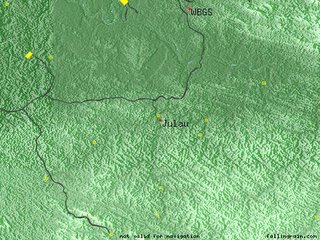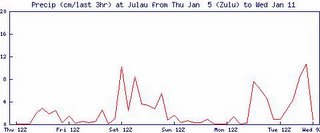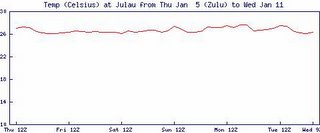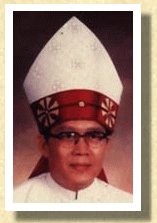In Chapter Twenty, we begin by familiarizing ourselves with the Old Testament’s geographical, political, and cultural context, along with its major personalities and peoples. We then begin reading Genesis, which helps us understand not only the rest of the Bible, but life and history as well. Its first eleven chapters provide a theological, anthropological, and sociological back-drop for salvation history (God’s providential intervention in human history), the Bible’s fundamental story line. Parallels between biblical characters and us reveal how innately the Bible is about us. After receiving a concise course in human nature, we are left with a chaotic world estranged from its creator, despite being given a second chance through
Noah. From this foreboding setting emerges Abraham, our father in faith. The stories
of the matriarchs and patriarchs acquaint us with the origins of Judaism while mirroring our own behaviors and family interactions. We then move through the rest of the Pentateuch (the first five books of the Bible), beginning with the most sacred book to Jews, Exodus. We encounter the central person of the Old Testament, Moses; the central event, the Passover; and the fundamental moral principles, the Ten Commandments. Deuteronomy consummates the Pentateuch with a review of the prophetic teachings, exhortations, and exploits of Moses. It concludes with the mysterious death and disappearance of Moses, preparing us for his relatively low profile in the rest of the Old Testament. We then take a detour to acquaint ourselves with the heart of Israel’s liturgy and spirituality, the Psalms. They are an accessible encapsulation of the entire Bible and a staple of Catholic liturgical and private prayer. Accordingly, we move them out of their canonical order and encounter them earlier in our reading process. We resume our sequential movement through the Old Testament with the historical books. These narrate key events in Israel’s history, beginning with the transition from Moses to Joshua. We encounter the holding pattern of the Judges period, when Israel struggles to find its identity in a new land. With Samuel as a noble (cf. Jer 15:1) transitional figure, the historical books offer two accounts of the united monarchy, including some of the classic stories of the Bible (e.g., David and Goliath, David and Bathsheba, Solomon’s
judging of the two prostitutes). This gives way to the mostly depressing tales of
the divided monarchy, whereby both kingdoms eventually meet tragic ends. The critical tone of the books of Samuel and Kings is softened in a revised version that immediately follows in the canon, the books of Chronicles. The historical books then move ahead in time, spanning the period from the fifth century B.C. (Ezra and Nehemiah) to the second century B.C.(Macca-bees). Four of the historical books Ruth, Tobit, Judith, and Esther are classic short stories that are accessible to beginners. Their primary objective is moti-vational: they encourage Israel to retain faith in God despite insecurity, oppression, and threats of extinction. The history of Israel is fascinating and instructive, but it can also be overwhelming. Following the canonical order, we happily move into the more accessible and practical wisdom books. The wisdom books contain two of the Bible’s most enigmatic books, Job and Ecclesiastes. These books contain perspectives in tension with traditional Israelite theology as reflected in earlier biblical books, and they manifest the Bible’s evolving thought that our reading plan exposes. The books of Proverbs and Sirach contain counsel resembling the wisdom of other cultures, including modern selfhelp literature. Song of Songs dramatizes and spiritualizes the courtship process, and it also serves as an allegory of God’s relationship with his people. The book of Wisdom, probably the last Old Testament book to be written (circa 100 B.C.), is a bridge to our time. A learned and pious Jew highlights the wisdom and history of Israel in concepts accessible to Jews living in a foreign land filled with enticing religious cults, lofty philosophical concepts, and impressive cultural achievements.
The diversity of literature and content in the wisdom books epitomizes the many ways the Bible speaks to us. The sages offer prudent and moral (according to the law counsel on practical issues, complementing the prophets who provide motivation for carrying it out. We conclude our journey on a stirring note, with the timeless message of the prophets. The prophetic books are among the longest and most difficult books of the Bible which is why we encounter them last but they also contain some of the Old Testament’s most important passages, particularly from the
perspective of the New Testament. Chapter Twentyfive outlines the most important prophetic books (the Major Prophets) while highlighting central themes and passages from the Minor Prophets. The book’s final chapter reminds us that the prophetic message and vocation are ongoing. In the spirit of Vatican II, we are called to emulate Jesus and the prophets in reading the signs of the times and responding appropriately. This brings us full circle to the challenges of life that echo those in the Bible and remind us of the dynamic and timeless nature of God’s word. Now all that we have to do is live it.










